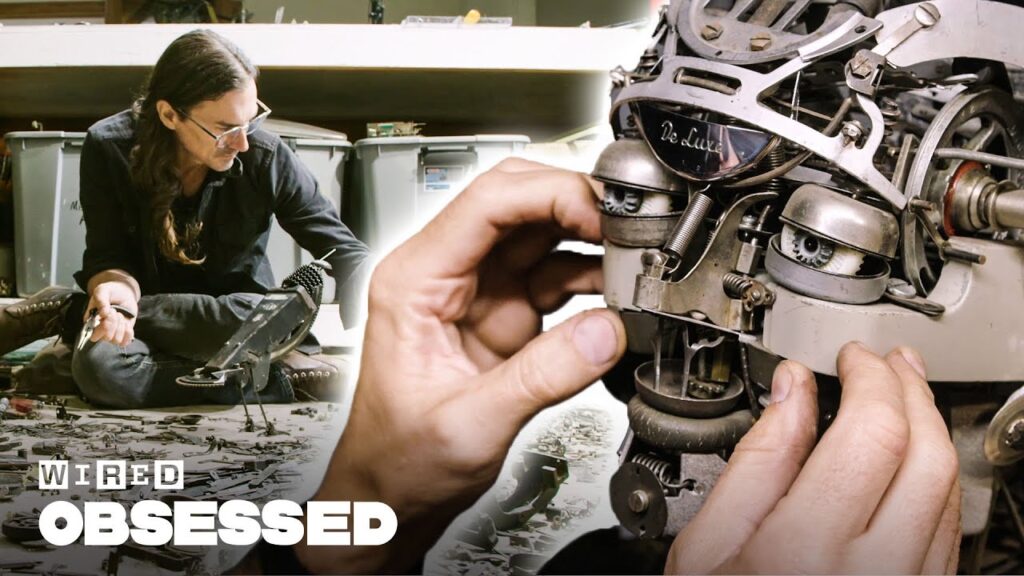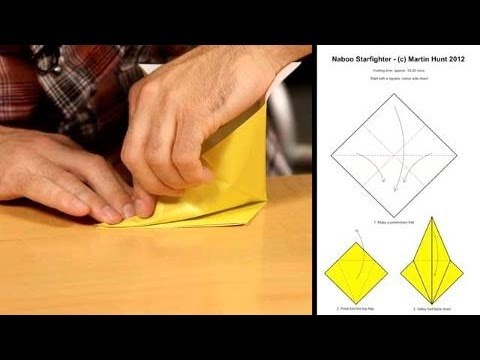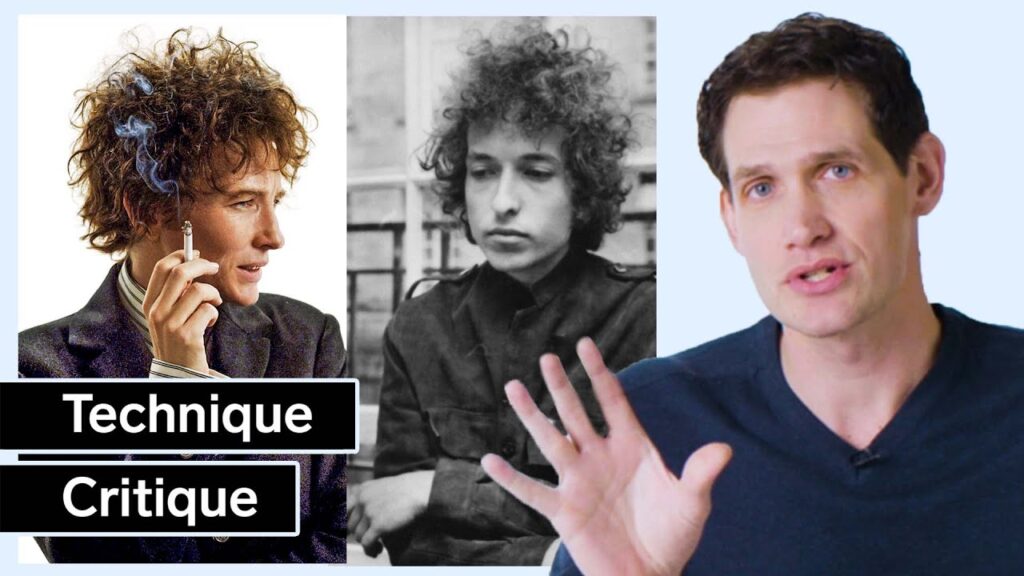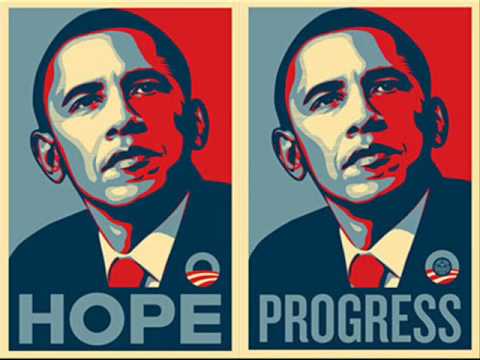Barnaby Dixon: The Art of Creating Realistic Puppets
Summary
In this article, we delve into the world of Barnaby Dixon, a professional puppeteer who creates realistic puppets that captivate audiences. Dixon is a student of anatomy and movement, and he uses this knowledge to create realistic movements for his puppets. He makes his own puppets using reflective materials and unconventional styles. Dixon’s movements are so realistic that he can make a fish puppet move beautifully in water. We explore his techniques and the importance of character development in puppetry.
Table of Contents
- Anatomy and Movement: The Foundation of Dixon’s Puppets
- Unique Assembly and Operation of Dixon’s Puppets
- The Importance of Creating a Believable Center of Mass and Sympathetic Motion
- Dabchick: Dixon’s Oldest and Most Emblematic Creation
- Dixon’s Advice for New Puppet Makers
Anatomy and Movement: The Foundation of Dixon’s Puppets
Barnaby Dixon is a professional puppeteer who is a student of anatomy and movement. He spends years thinking about how to make puppets and what he can implement in puppetry design. Dixon started as a stop-motion animator, but he migrated to puppetry because it takes less time to create content. He uses his knowledge of anatomy and movement to create realistic movements for his puppets.
Unique Assembly and Operation of Dixon’s Puppets
Each of Dixon’s creations has its own unique assembly and operation. He makes his own puppets using reflective materials and unconventional styles. Dixon’s movements are so realistic that he can make a fish puppet move beautifully in water. He wears half of the puppet on one hand and the other half on the other hand, using magnets to clip them together.
The Importance of Creating a Believable Center of Mass and Sympathetic Motion
The speaker describes a finger mechanism used in puppetry to control the movement of the puppet’s fingers, beak, torso, head, and legs. They emphasize the importance of creating a believable center of mass and using sympathetic motion to add realism to the puppet’s movements.
Dabchick: Dixon’s Oldest and Most Emblematic Creation
Barnaby Dixon’s oldest and most emblematic creation is the Dabchick puppet, which he named after his granddad’s nickname for him. He limits the materials he uses to make his puppets, which makes maintenance easier. The speaker also discusses their puppet, Dabchick, and its head mechanism, which uses a glasses hinge and brake cable-like beak mechanism. They mention the degradation of the plastic and their plan to duplicate certain elements of the puppet using a mold and heatable plastic.
Dixon’s Advice for New Puppet Makers
Barnaby Dixon advises new puppet makers to experiment and not limit themselves to traditional approaches. He believes that the suspension of disbelief is essential to his work. He creates a series on his channel that features a ghost storytelling puppet with a screen on its face that streams his face in real-time. He sometimes works up to 16 hours a day on his projects and admires the Jim Henson world of puppetry.
Conclusion
Barnaby Dixon is a master puppeteer who creates realistic and captivating puppets. His knowledge of anatomy and movement, combined with his unique assembly and operation techniques, allow him to create puppets that are truly one-of-a-kind. His advice to new puppet makers is to experiment and not limit themselves to traditional approaches, which is a testament to his own creative process. We look forward to seeing what Dixon creates next.






